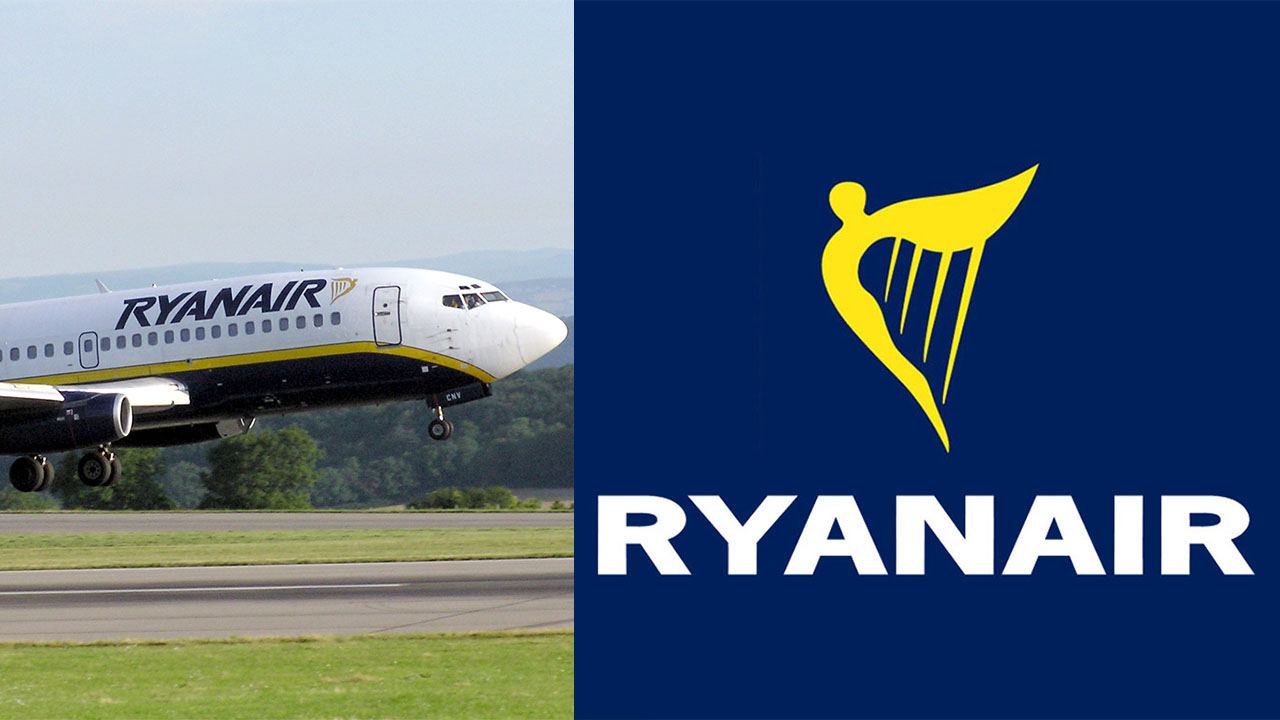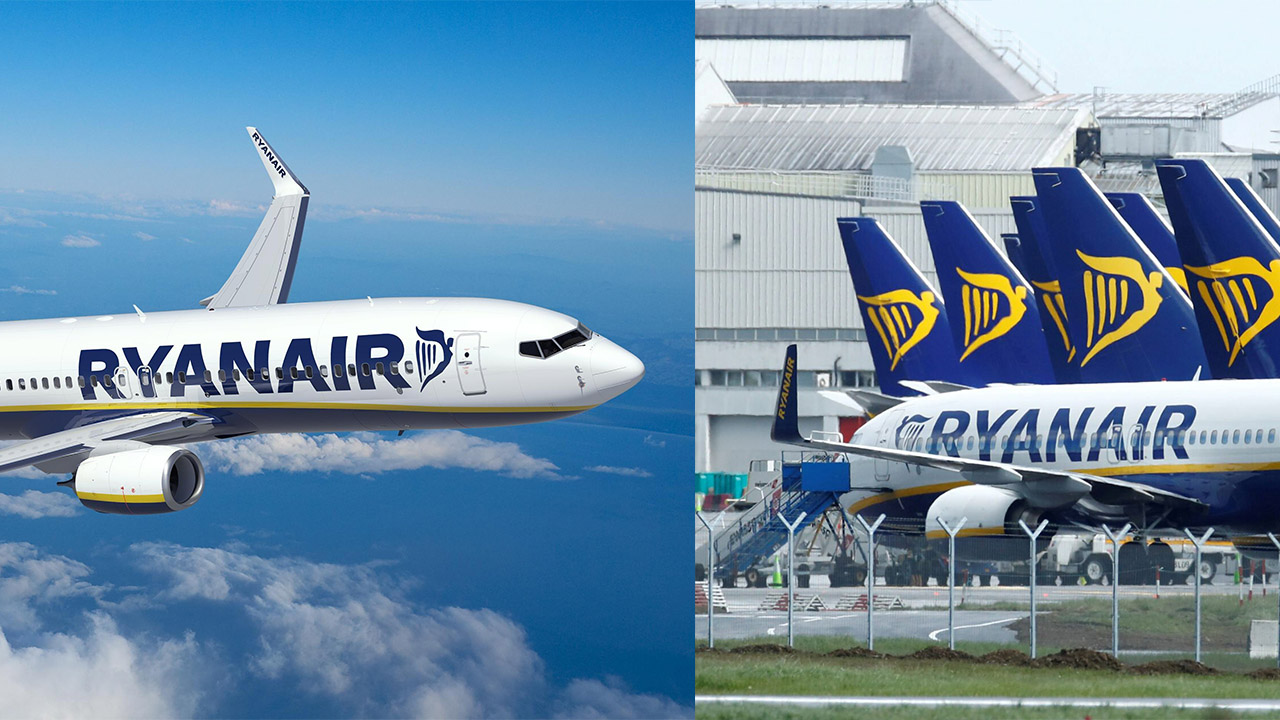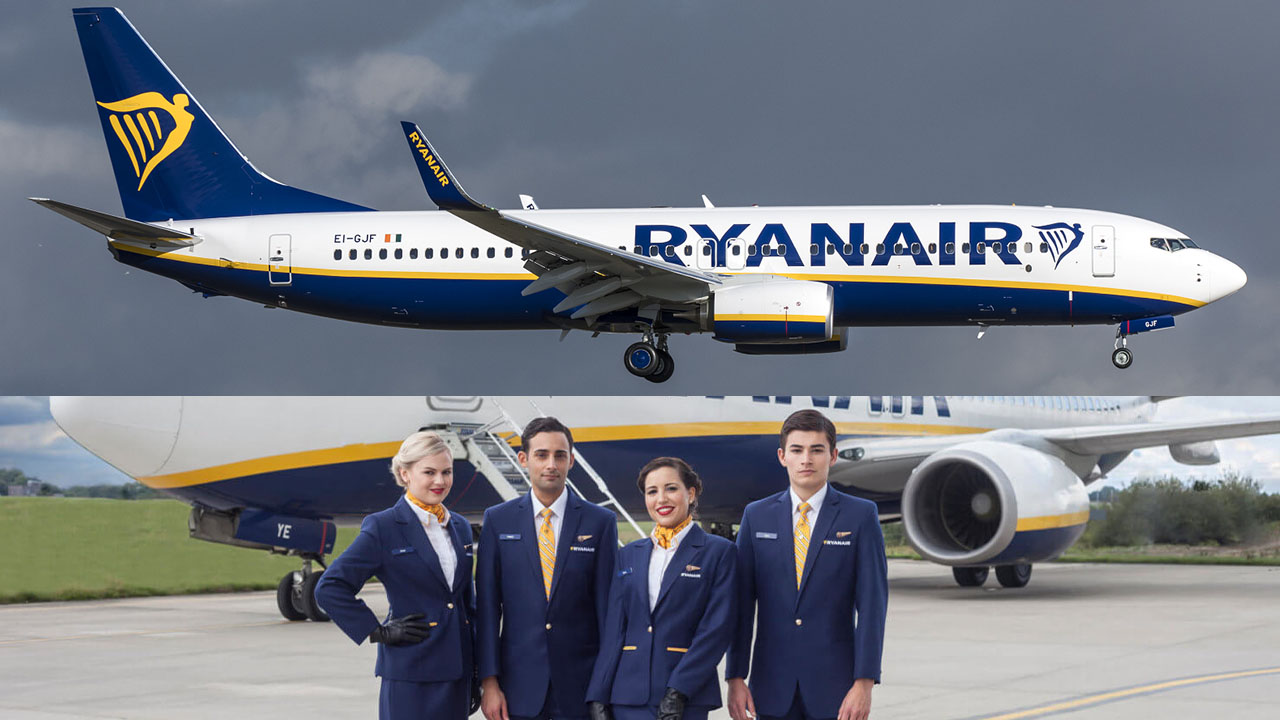Low-cost carrier Ryanair reported its best-ever annual profit on Monday, driven by passenger and revenue growth that offset sharply higher operating costs. However, the airline warned of a weaker pricing environment in the current quarter.
The Dublin-based company announced that its profit after tax for the fiscal year ending March 2024 surged by 34% to 1.92 billion euros ($2.09 billion), while revenue increased by 25% year-on-year to 13.44 billion euros.
Ryanair served 184 million passengers, marking a 23% increase from pre-Covid levels. This rise in passenger numbers and higher fares helped the airline counter a significant rise in costs: operating costs climbed by 24% year-on-year, and the jet fuel bill increased by 32%.
The airline also revealed a 700-million-euro share buyback program. Chief Financial Officer Neil Sorahan described the program as a reflection of Ryanair’s “very strong” balance sheet.
“Our priorities have been very much: restore the pay for our people after Covid, bring in pay increases, pay down the debt,” Sorahan told “Squawk Box Europe.”

He added, “We’ve been paying down bonds, we now have 1.4 billion in gross cash at the end of the last year, and that’s why the board now have the confidence on top of the ordinary dividend program, to actually return the 700 million to shareholders.”
Ryanair’s Dublin-listed shares dropped by 0.46% in mid-morning trading, with Deutsche Bank analysts noting that recent pricing had been softer than expected.
“While the buyback is good news and shows confidence, and while [full year] ’24 is broadly in line with most parts of [full year] ’25 guide as expected, we fear the further softening of the pricing commentary for peak summer may win the day,” the analysts wrote in a note. They also mentioned that the buyback level might fall below some expectations.

During an investor presentation on Monday, Ryanair CEO Michael O’Leary suggested that the softer pricing might be attributed to a “recessionary feel” in Europe or weaker consumer sentiment.
“If we have to discount or cut fares to fill to 94% load factor in April, May, and June, then so be it,” O’Leary added. The load factor, which indicates the percentage of available seats filled, was 94% for Ryanair’s full year to 2024.
Pricing throughout the year was affected by the sudden withdrawal of Ryanair flights from several online travel agents (OTAs) in December.
Sorahan said that this move was “surprising but not unwelcome” and noted that Ryanair had since signed new agreements with several major OTAs. A positive outcome, he said, was that Ryanair was now engaging directly with more customers rather than through third parties.
Ryanair also faces challenges such as delays in deliveries of new Boeing aircraft and the grounding of numerous Airbus aircraft due to engine issues. “Capacity is going to be constrained for some time to come,” Sorahan said.







Leave a Reply